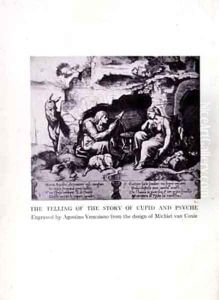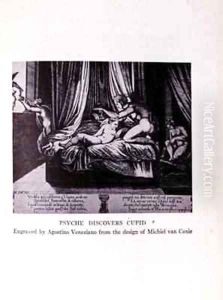Coxie, Michiel I Paintings
Michiel Coxie, also known as Michiel van Coxcie or Coxie I, was a prominent Flemish Renaissance painter who is often referred to as the Flemish Raphael due to his style, which was heavily influenced by the Italian High Renaissance artists. Born in Mechelen in the Duchy of Brabant (now in Belgium) in 1499, Coxie was notably active during the 16th century, a time when the influence of the Italian Renaissance was spreading throughout Europe.
Coxie received his early training in the workshop of Bernard van Orley, a leading Brussels painter of the time. Around 1530, Coxie traveled to Italy, where he stayed for a considerable time, studying the works of Italian masters such as Raphael and Michelangelo. His extended stay in Italy was crucial for his artistic development. He absorbed the Italian influence to such an extent that he became a key figure in introducing Renaissance ideas to the Low Countries upon his return.
In 1539, Coxie was back in Mechelen, and he quickly became a court painter to Emperor Charles V. His works from this period display a synthesis of Flemish traditions with Italian Renaissance innovations, particularly in the use of perspective and the portrayal of the human figure. Coxie was also an adept tapestry designer, and his designs contributed to the flourishing tapestry industry in Brussels.
During his lifetime, Coxie completed several important commissions, including works for the St. Rumbold's Cathedral in Mechelen, the city of Brussels, and various religious institutions. One of his most famous works is the restoration of the Ghent Altarpiece by the Van Eyck brothers, which he undertook in the mid-16th century. Although his restoration was later criticized for not being true to the original, it nonetheless shows his considerable skill and the high regard in which he was held.
Michiel Coxie's influence on Flemish art was significant, and he played a crucial role in disseminating Renaissance aesthetics in Northern Europe. He continued to work and receive commissions well into his old age, testament to his enduring reputation. Coxie died in Mechelen in 1592, leaving behind a legacy that would influence generations of Flemish artists.


